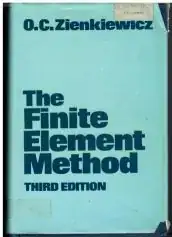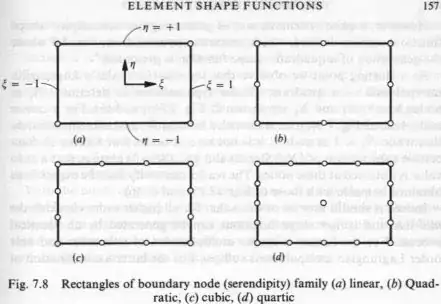Until the summer of 1960 most historians and philosophers (and arguably many mathematicians) believed (following Bishop Berkeley, Moigno, Cantor, Russell, and others) that infinitesimals (as a possible foundation for analysis) had been proven inconsistent and consigned to the dustbin of history. Cantor actually published a purported "proof" of inconsistency of infinitesimals that influenced numerous scholars like Russell, as analyzed by Philip Ehrlich in this 2006 article.
Walking toward Fine Hall at Princeton University in the fall of 1960 Abraham Robinson realized that a way can be found to make infinitesimals (as a possible foundation for analysis) rigorous. For additional details see Dauben's biography of Robinson:
Dauben, J. Abraham Robinson, The Creation of Nonstandard Analysis: A Personal and Mathematical Odyssey (Princeton, N.J.: Princeton University Press, 1995).
This serendipitous discovery explained why the historical mathematicians like Leibniz, Euler, and Cauchy made so few mistakes in manipulating infinitesimals, and set the ground for a fruitful area of research.
Abraham Fraenkel wrote in the 1960s that "my student Robinson saved the honor of infinitesimals."
Robinson's framework has been recently championed by Terry Tao who argues for the conceptual advantages of using the hyperreals and hyperreal-related structures.




